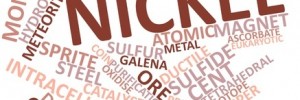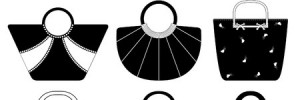
First developed in the 1970s and first introduced for industrial use in the 1980s, rare earth Neodymium magnets, also known as NdFeB, are high-powered magnets that are capable of picking up heavy items despite their relatively small size. There are three main types of rare earth Neodymium magnets, including regular Neodymium magnets, high corrosion resistant… Read more »




